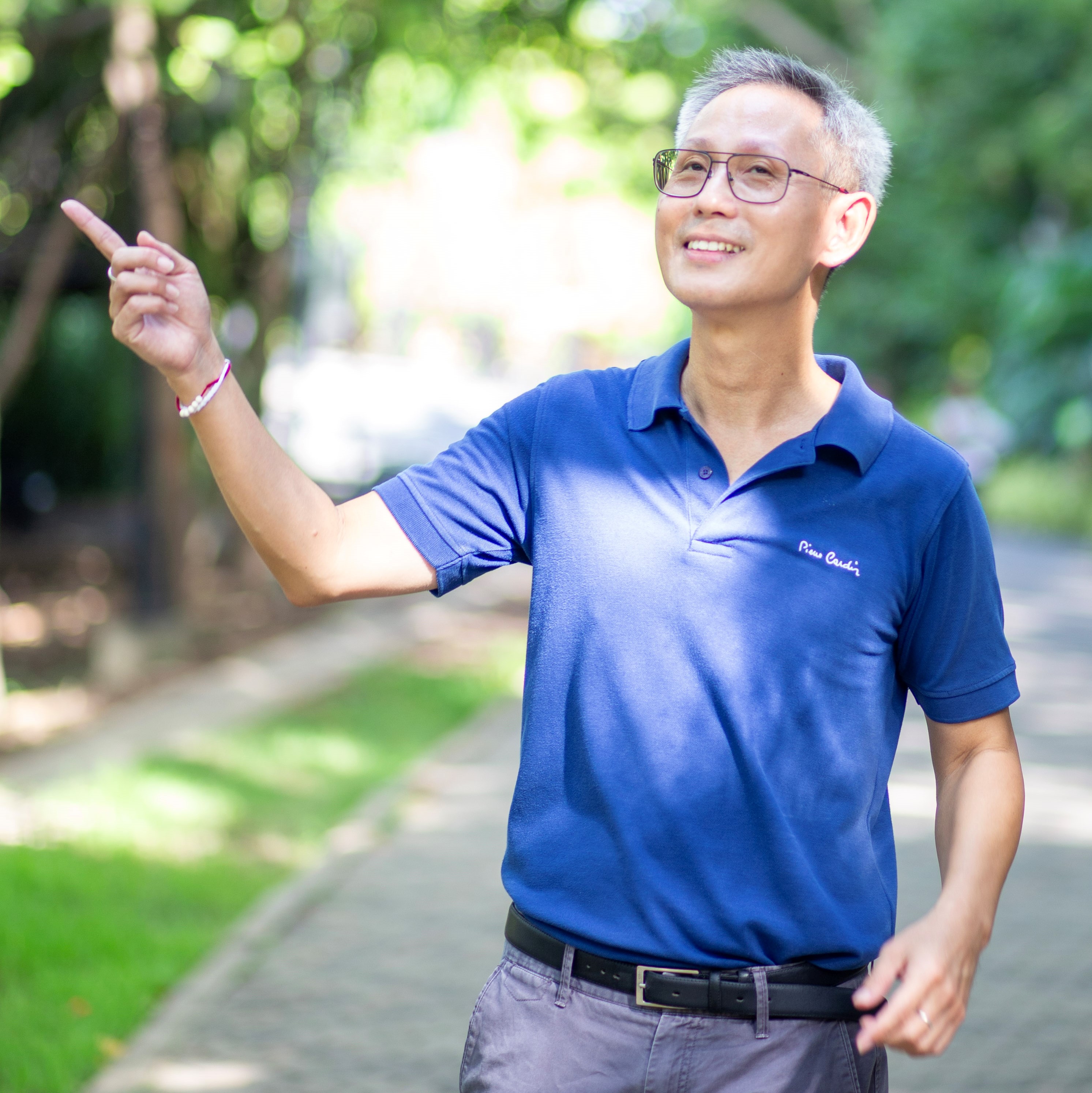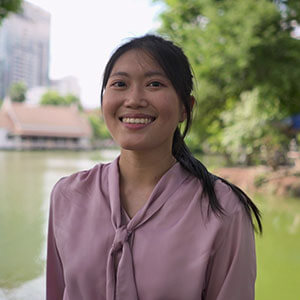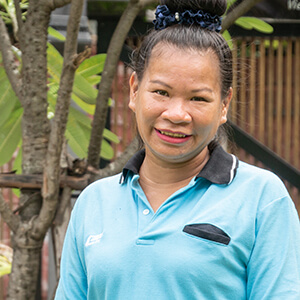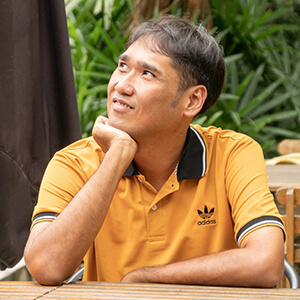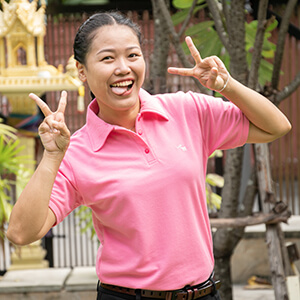Bangkok’s Chinatown has something for everyone. Whether you want to explore famous street-side food or discover amazing shopping deals, this destination shouldn’t be missed. Moreover, the vibrant back streets of the city’s oldest community offer endless surprises.
This historic area represents much more than just a tourist attraction. Therefore, it serves as a living, breathing community where tradition meets modern commerce. Additionally, visitors can experience authentic Chinese-Thai culture that has developed over many generations.
Chinatown operates as a bustling hub regardless of the time of day or night. Consequently, shoppers, sellers, diners, and tourists fill every corner at all hours. Furthermore, this constant activity creates an exciting energy that draws people back again and again.

A Commercial Paradise
Every small road in Chinatown is packed with market stalls, sidewalk restaurants, and gold shops. Therefore, the area buzzes with a frenzied commercial atmosphere that promises new discoveries around every corner. Moreover, this dense concentration of businesses creates a unique shopping experience unlike anywhere else in Bangkok.
The variety of goods available is truly impressive. For example, you can find everything from traditional Chinese herbs to modern electronics. Additionally, skilled craftspeople create custom items while you wait.
Customer feedback – “You can buy everything in Chinatown but we would have never found the little hidden away places in the amount of time we had if it wasn’t for our private tour guide.”
Because the area is so dense with options, many visitors benefit from local guidance. Therefore, experienced guides can help you navigate to the best spots and avoid tourist traps.
Yaowarat Road: Thailand’s Golden Street
The main road in Chinatown is Yaowarat Road, which locals call Thailand’s richest street. This reputation comes from the incredible number of gold shops along its length. Moreover, these shops display stunning jewelry and gold items that attract both locals and tourists.
During daylight hours, Yaowarat Road serves as a major shopping destination. However, at night it transforms completely into one of the world’s greatest street food locations. Therefore, both locals and visitors flock here for amazing dining experiences.
The street food scene offers incredible variety and quality. For instance, you can try traditional Chinese dishes alongside Thai-Chinese fusion creations. Additionally, many food stalls have been serving the same families for generations, ensuring authentic flavors and time-tested recipes.
Because of this dual nature, Yaowarat Road provides different experiences depending on when you visit. Therefore, many people return multiple times to fully appreciate both its commercial and culinary offerings.

Cultural Landmarks and Entrance Gates
Many visitors make sure to see Yaowarat Road along with the Chinese ceremonial gate that marks Chinatown’s entrance. Chinese ceremonial gates appear in Chinese communities worldwide as important cultural symbols. Moreover, these gates represent the connection between traditional Chinese culture and local communities.
Bangkok is home to the world’s largest Chinatown outside of China itself. Therefore, the China Gate at the western entrance is particularly impressive and suitable for this massive community. Additionally, this gate serves as a popular photo spot and meeting point for tours.
The gate’s design incorporates traditional Chinese architectural elements with local Thai influences. Consequently, it represents the successful blending of cultures that defines Bangkok’s Chinatown. Furthermore, walking through this gate symbolically marks your entry into a different world within the city.
Customer feedback – “Cluttered, chaotic, and a lot of fun. Our tour guide Natt did an amazing job explaining Chinese tea and encouraging us to try many of the Chinese and Thai desserts from the street vendors. So delicious!”
Best Ways to Explore
Chinatown is best explored on foot because this allows you to discover hidden gems and small alleyways. However, it would be impossible to see everything in one day due to the area’s size and density. Therefore, planning your route helps ensure you see the most important highlights.
Private tour guides excel at pointing out the area’s best features while helping you find special items just for you. Moreover, local guides know which vendors offer the best prices and highest quality goods. Additionally, they can help you communicate with shopkeepers who may not speak English fluently.
Because the streets can be confusing and overwhelming, guided tours help maximize your time and experience. Therefore, you’ll discover places you would never find on your own while learning about the area’s rich history and cultural significance.
Just a few of the highlights in Chinatown are:
- China ceremonial gate – Referred to as the ‘head’ of Chinatown’s dragon.
- Street food – Dumplings, noodles, dim sum, oyster omelets, fresh seafood, seasonal fruits, homemade ice cream.
- Wat Traimit – Temple of the Golden Buddha.
- Yawarot Road – Richest road in Thailand and referred to as the ‘body’ of Chinatown’s dragon.
- Homemade Thai desserts.
- Sampaeng Market – Largest wholesaler market in Thailand.
- Chinese tea – Hundreds of varieties.
- Pahurat (Little India) – Fabric market.
- Sala Chalermkrung (Khon) Theater.
- Balanna Plaza – Shoe market.
- Wat Mongkol Kamalawat – Temple that is referred to as the ‘heart’ of Chinatown’s dragon.
- Talat Kao – The central market in Chinatown for over a century.

Chinatown can be visited any day of the week. The best time for visiting the markets is all day, from early morning until 4pm. After 4pm many of the sidewalk restaurants begin to set up and by 6pm many roads in Chinatown (especially Yaowarat Road) become massive open air restaurants.
For a truly unique experience plan your visit during major festivals, like Chinese New Year, and you will see Chinatown at its best.
Things you should be aware of when visiting Chinatown:
- Respectful attire is required if you plan to visit any of the temples in the Chinatown area.
- Photography is one of the main reasons people visit Chinatown. Some shops may ask that you do not photograph certain items inside their businesses but taking photographs in the markets and on the streets is allowed and encouraged.
- Comfortable walking shoes are recommended.

